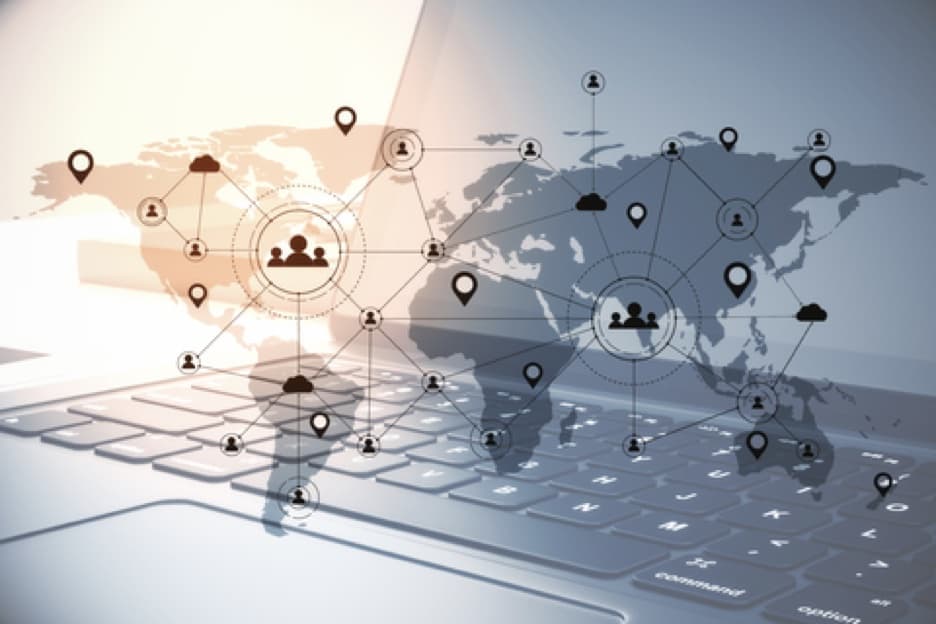What is a Remote Field Study?
Field studies are research activities that revolve around observing users in their natural context versus studying them in a controlled environment like a lab. Field studies are one of the best tools a researcher has to better understand their customers’ needs, behaviors, and opinions. Field studies can be observational or interactive, depending on the researchers’ goals.
Some examples of in-person field studies include ethnographic research, diary studies, and user interviews. Usually, the goals of these studies are to gather information to create journey maps or personas, test products/services in real-world conditions, or understand customer needs to develop effective solutions.
Field studies were traditionally conducted in-person, but new technology is making it possible to run field studies online, using tools specifically designed to be remote.
Remote field studies aim to gather the same information as in-person; the main difference is that the researcher and participant are in different locations. Remote field studies alleviate many of the common obstacles faced when using in-person field studies.
When To Use a Remote Field Study
Remote field studies are especially handy when you have tight deadlines and a small budget. Powerful platforms, like Ethos, can bring results within days versus weeks or months – at a fraction of the cost.
User experience research is often the starting point for designing a new product. You have to understand what your customers want and need before designing anything. Remote studies are a great way to quickly and cheaply answer specific design questions. They can be used as an exploratory starting point and throughout the design process to support iterations of your product.
Remote field studies are great when you want to:
- Better understand a user’s behavior in the context of your product
- Understand and improve a particular process or workflow
- Refine your value proposition
- Evaluate a new product’s performance in the real world
Benefits of Remote Field Studies

Cheaper and Faster
It’s no question that traveling to study users on location can get expensive, especially if you are conducting research across a huge country like the US. Traveling to see three users in 3 different states also requires a lot of time and planning. Not to mention all the manual analysis that needs to be done upon your return.
During the pandemic, researchers had to get creative with how they conducted field studies, often using digital platforms to fulfill their objectives. Even with travel restrictions easing, researchers are still choosing remote field studies over traveling. The reduced price tags and timelines of remote field studies make them easier to sell internally. Who could pass up getting results in a week at a fraction of the cost?
Increased Design Agility
Agile working has been the standard among software design teams and is now becoming commonplace and crucial to user experience research and design as well. Being able to quickly and effectively iterate a product concept based on real-world customer feedback is a critical aspect of agile design.
Using in-person field research means you have one chance to collect all of your data. If you use remote methods, you can create follow-ups and continue asking your customers questions continuously and more conveniently. Being able to do this allows for product design iteration and retesting, pillars of agile design.
Create Better Products
When you are able to gather feedback in a matter of days, you can provide actionable recommendations back to your product and design teams for rapid improvement. You will be able to release data-backed products that meet customer needs in a fraction of the time.
Platforms like EthOS allow you to reduce your analysis time through AI-powered sentiment analysis tools and out-of-the-box reports. Themes emerge from the data immediately, leading to more thoughtfully designed products that actually fulfill customer needs.
Examples of Remote Field Studies
Now we’ll look at a few of the most popular remote field study methods and why to use them.
Mobile Ethnography (Digital Ethnography)
Ethnographic research involves observing participants in their natural environment through an observational or interactive study structure. In observational studies, the researcher acts as a fly on the wall, while interactive studies involve asking questions throughout or after participants complete a set of assigned tasks. Researchers use ethnographic research to understand where customers get stuck or frustrated while using products, what they think in the moment, and to gain a contextual understanding of usage.
Mobile ethnography (also called digital ethnography) uses smartphones to facilitate data collection from participants. The key to ethnographic methods is allowing people to go about their everyday lives so researchers can observe authentic moments. Since smartphones are essentially an extension of our bodies in 2022, it’s the perfect medium for capturing real-world experiences as they happen.
Mobile ethnography in UXR (UX research) involves creating a set of tasks for users to complete while they go about their day, whether at home, at work, in a car, or while shopping. The resulting insights are unique compared to those derived from lab-acquired data, as some use cases only arise in real-world situations. The resulting ethnographic data from a mobile approach allows researchers to make practical improvements to products and designs that come from real-world customer needs.
If, for example, your company is looking to release an updated version of its meal kit delivery service, you could conduct a mobile ethnography study to understand the customers’ process before, during, and after using your meal kits. You might be trying to understand if the instructions are clear, if the amount of prep is acceptable for customers, or if they have any logistical problems with the meal kits. Mobile ethnography can provide insight into all of these critical touchpoints and customer interactions with the meal kit.
Remote Diary Studies
A diary study is used when you are trying to understand repetitive or longitudinal behaviors or actions. Traditionally, a diary would be mailed out to participants with instructions included, making them logistically challenging. Using a digital platform can alleviate many of the logistical barriers and can provide rich data from your customers.
You could use a diary study to understand behaviors and opinions of personal banking, for example. In a digital diary study, some tasks or prompts might include recording how often you check your bank balance, what triggers you to check it, or what research you conduct about personal banking. Collecting all this data can inform how you send banking push notifications, for example, or might help you develop new tools to help consumers budget and save.
Remote User Interviews
User interviews are a powerful tool to understand your customers better. They involve drafting a set of questions or tasks regarding the product you want to test. Digital user interviews alleviate the logistical challenges faced by in-person interviews.
Say, for example, your company is developing a software platform to help with property management. User interviews can be used to understand the different use cases for the various commercial property types, like offices and retail buildings. You can also understand the different types of workflows and decisions property managers need to make in order to design features.
Getting the Most Out of Remote Field Studies
Planning and preparation are the most important aspects of remote field studies since you are not with customers while conducting the research. Questions and study goals that are normally answered face-to-face need to be spelled out more directly in the instructions you provide to participants. For example, if you need contextual data about what actions are taken before using your product or about the environment in which the product is used, then instructions need to be clearly added with specific tasks geared towards these goals.
Another way to facilitate planning is to run test sessions with members of your team. This simple step can help highlight confusing instructions and streamline your study. Spending a few hours conducting mock interviews can also help the researchers feel more prepared.
Since you don’t have to account for travel time, analysis can start as soon as the first round of research is underway. It’s recommended to begin analyzing and tagging data from the start of data collection. This way, you can build out themes while the study is still in field and spend more time crafting actionable recommendations for your team once the research has concluded.
Remote studies are a quick and effective way to gather critical data that informs improvements to user experience. There are many methodologies to choose from, but most importantly, they alleviate many of the pain points associated with in-person UX research.

